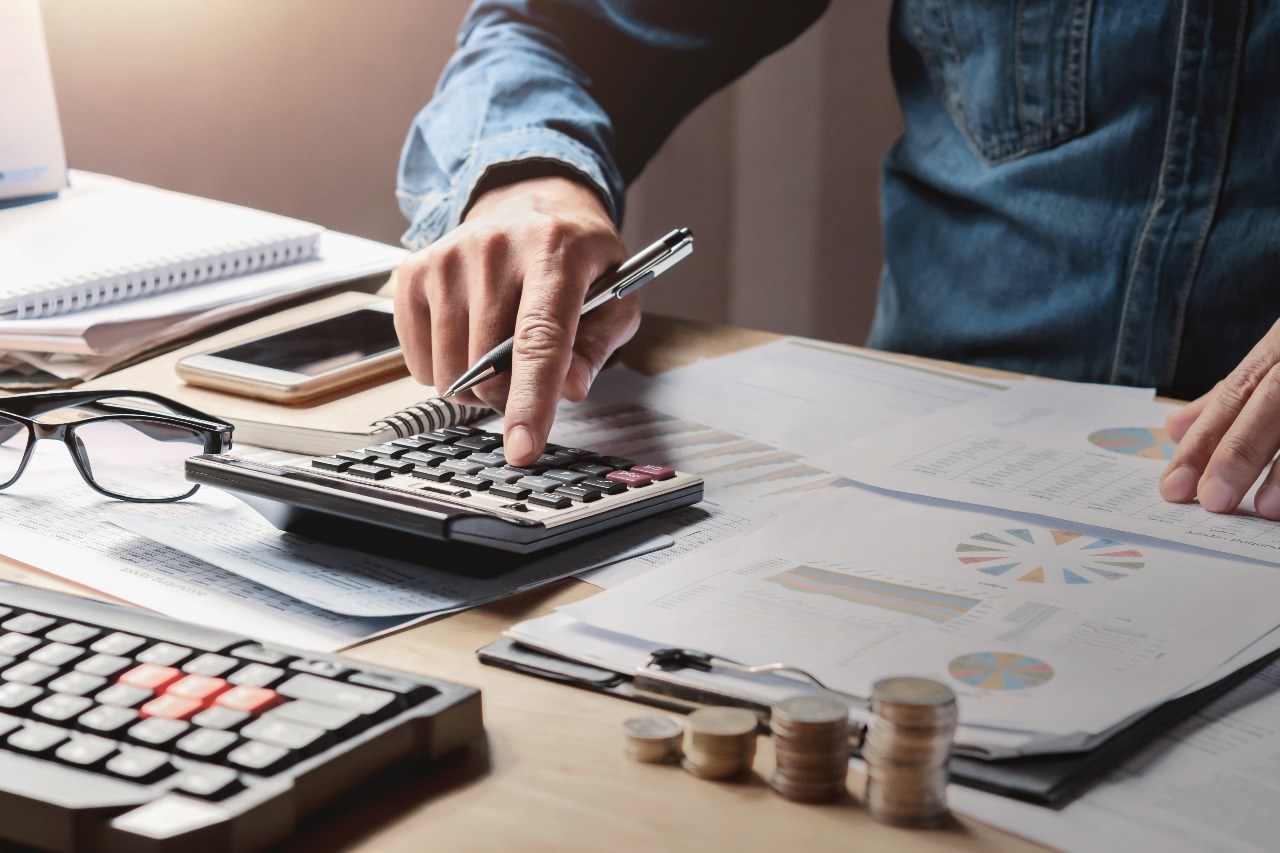Many business owners will not realise they have a choice of VAT scheme to use for recording and reporting VAT to HMRC. Before you register initially you should decide which scheme is best for your business so that you know how to keep your records. The schemes you can choose between are:
Accrual Accounting
The VAT you charge on sales and the VAT you reclaim on purchases are included on the VAT return based on the date of the invoice. You would use this scheme if you add sales and purchase invoices to your accounts software. You would generally choose this scheme if your customers are prompt payers as it means you can reduce your VAT bill by claiming VAT back on your purchases before you pay them if the invoices are dated within the VAT period.
Cash Accounting
The VAT you charge on sales and the VAT you reclaim on purchases are included on the VAT return only when your customer pays you or when you pay your supplier. This scheme is used when your income and expenses are recorded on the date they paid but can also be used when you record sales and purchases invoices in your accounts software. You would generally choose this scheme if your customers are not prompt payers as you will not have to pay VAT to HMRC until your customers have paid you.
Flat rate
With this scheme you pay a % of your total sales (including 20% VAT you have charged) to HMRC but do not claim back any VAT on your purchases except if you buy capital assets for over £2,000. The percentage you pay to HMRC is dependent on your industry and your cost of goods is at least 2% of your turnover. You receive an additional 1% reduction in the rate (which has to be applied for and agreed with HMRC) if you choose this scheme in your first year of VAT registration. You can only join this scheme if your turnover is £150,000 or less.
Why might you need to change schemes?
You may find at some stage that, for a good business reason or because you have no choice, you have to change the VAT scheme you have been using. This may be because you are using the VAT Flat Rate Scheme and your turnover has reached £230,000 (including VAT) during the year, or will do so within the next 12 months, which means you are no longer eligible to use this scheme and will have to choose Accrual or Cash accounting. If your annual turnover reaches £1.6m and you are using the Cash accounting scheme you will have to change to the Accrual scheme as you will no longer be eligible for Cash accounting. Businesses in the Construction Industry who now have to use VAT reverse charge must also be using the VAT Accrual scheme as they are no longer eligible to use the Cash accounting scheme.
Business reasons for changing may be that the Flat Rate scheme, whilst easy to report, may no longer be beneficial for your business if you now have more purchases with VAT which you can claim back meaning that you will have less VAT to pay to HMRC. Another reason may be that you have a significant number of customers who don't pay by the due date and rather than paying the VAT on the invoice when you have raised it, a move to VAT Cash accounting will mean that you don't have to pay the VAT until the customer has paid you. A new bookkeeper or accountant may review the VAT scheme you are using and decide that it would be beneficial to change.
How to change schemes?
Over the years I have been in business I have registered and de-registered many businesses for VAT as well as changed several from one scheme to another. Changing schemes takes some planning, can be quite involved and must always be done at the start of a new VAT period. Changing the method of reporting VAT in your accounts software will not pull in or discard entries that have or have not been previously reported so this has to be done manually and the adjustments added to your return.
- Changing from cash accounting to accrual accounting will involve adding in all the sales and purchases which haven't been included on a previous VAT return (because they haven't been paid) and adding them in to the next accrual based VAT return.
- Changing from accrual accounting to cash accounting will involve removing from each VAT return after the change invoices which are paid since the changeover date as the VAT will already have been paid on these.
- Changing from flat rate to cash or accrual accounting is the easiest change because you continue to charge 20% on your sales but need to change your software so that you can claim VAT on all the relevant purchases and include these in your VAT return.
Summary
Changing your VAT scheme is not impossible but it isn't the most straightforward of things to do, especially if you are a business with a large number of transactions. If you aren't careful about identifying the adjustments to be made you will find that you have either underpaid or overpaid VAT.
Considering the best scheme for your business should therefore be done when you first register so that you don't have to make that change and so that, if you decide the Flat Rate Scheme is best for you, you can take advantage of the additional 1% reduction. If you do have to make the change further down the line planning is key.
Top Tip
Take time to consider the VAT scheme which will work best for your business before you register.

